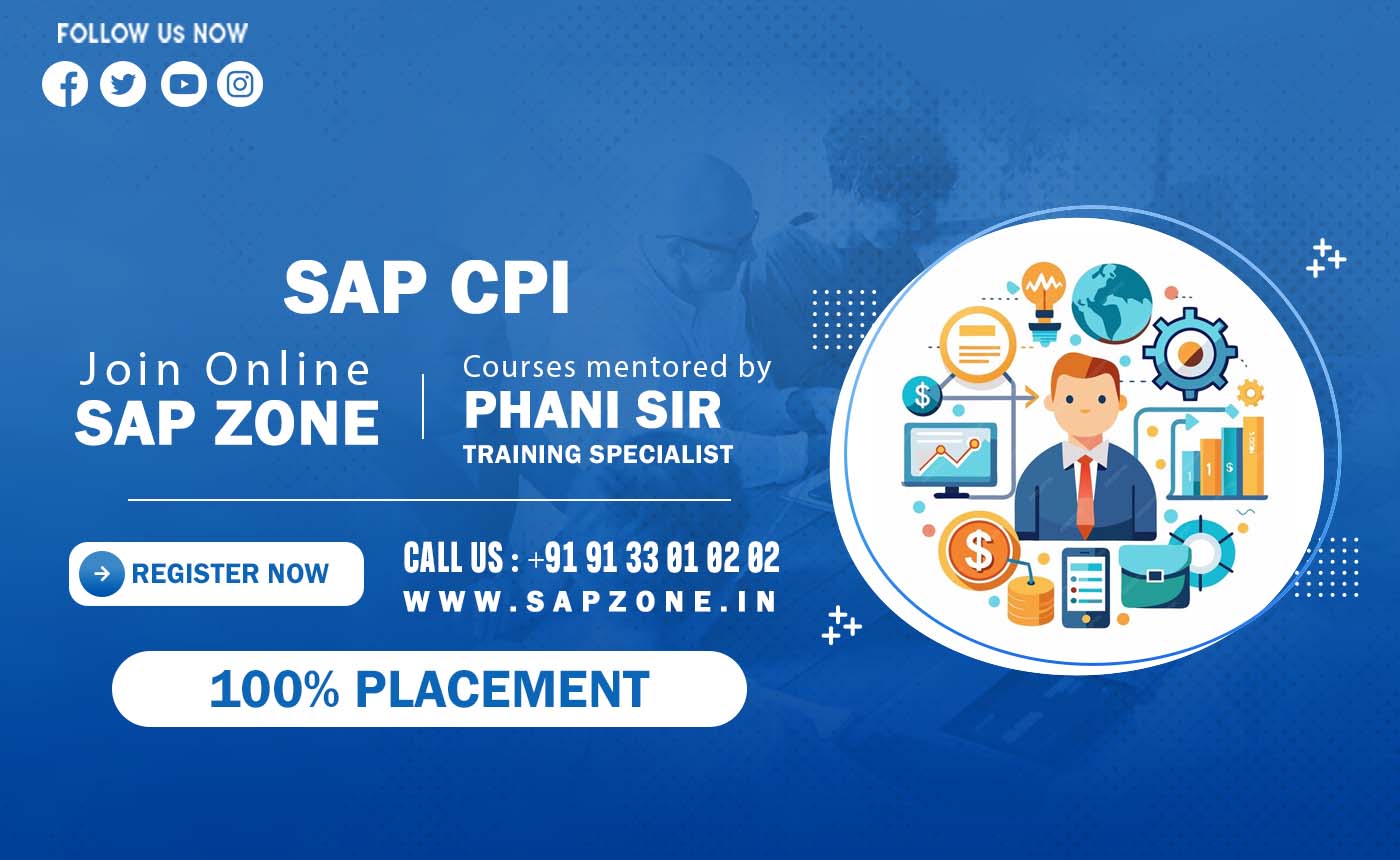SAP CPI Content
1. Overview of SAP Integration Suite / CPI and BTP Platform
2. Offerings & Capabilities of SAP Integration Suite / CPI
3. Major differences between SAP Integration Suite and SAP CPI
4. SAP Integration Suite / CPI Architecture
5. Package and iFlow creation and operations
6. Design & Development activities
7. API Management
8. Pallet objects
9. Content modifier
10. Calling Services
11. Content handling
12. Groovy Scripting
13. Event handling
14. Creatin of Mapping
15. Import / Export of Mappings
16. Value Mapping
17. XSLT Mapping
18. Adapters’ configuration
19. Process Direct
20. Data Store
21. Error handling and Sub exception process
22. Message Integration Content
23. Security material operations
24. Account & User Management
25. Write Variables configuration
26. Certificates Installation in KeyStore
27. Connectivity establishment activities
28. Cloud Connector
29. PGP Encryption and Decryption method
30. Trace configuration and Debugging methods



